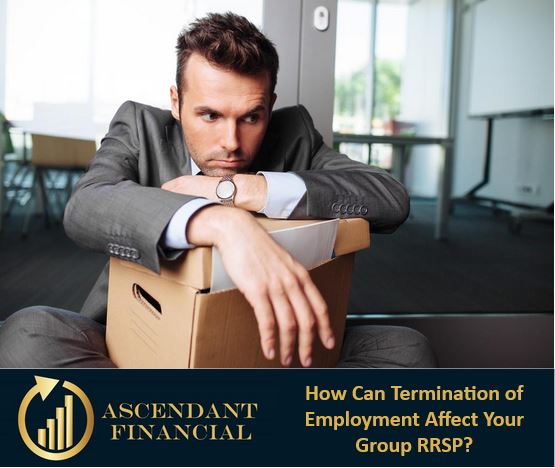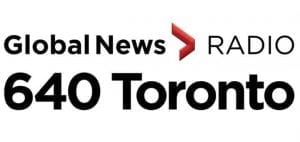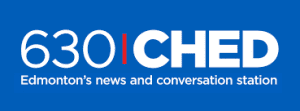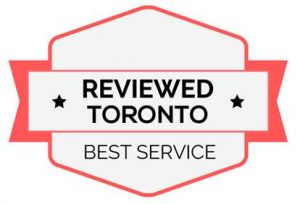Have you been working for an employer that offers group RRSP? The group RRSP plan is often a carrot used to attract talent and keep employees. So what happens if you no longer work there? What happens when you are fired or terminated?
When you lose your job, the last thing you want to think about is whether you'll be able to retire on time. However, the sad reality is being laid off will have a clear impact on your savings goals regardless of the vehicle you are using. In addition, the loss of income will affect your ability to contribute to any form of RRSP until you are back on your feet. That's not Canadians' main fear; however, it is mostly the RRSP matching program your employer had in place that you will lose. The extra funds your former employer was kicking in towards your group RRSP plan.

No longer working for the same employer means you are no longer getting any top-up contributions. But there may be a silver lining. Now that you are free of that employer, any vesting periods and restrictions on the jointly contributed funds (your contributions and your employer's portion) should end. That may mean you are free to transfer that RRSP account using a T2033 transfer form into your “personal” RRSP. You can now choose your investments or savings options more freely without the limitation provided by the group employers benefit company. Many Canadians are learning about additional options with self-directed RRSP accounts, such as the potential of private lending on Canadian mortgages. This option is available to Canadians with an RRSP, TFSA or even a LIRA account.
The t2033 form is the main form used by various institutions to transfer from one registered account to a new one or into an existing one you already have. A transfer of an RRSP is not to be confused with a withdrawal. In a transfer, the RRSP is still intact and continues deferring taxation until the future. However, when you do finally choose to withdraw these funds, you are “deregistering” them, and tax on your funds will now be due at the current marginal tax rate in that year as income. Eventually, with the RRSP transitioning to an RRIF plan, you must withdraw it.
Being fired isn't usually an ideal situation. So it may be hard to find the bright side. When it comes to your RRSP, it is crucial to remember that any money inside these accounts will be taxed; there is no way out of it. The key is to understand that the best time to take out capital from an RRSP is when you have a lower income or lower income tax bracket. Therefore one possible bright light to being fired may be the opportunity to consider an RRSP withdrawal after being terminated. This situation could put you in the lowest tax bracket you've seen in years!
Withdrawing from RRSPs requires the payment of a withholding tax. This amount depends on how much you take out. Consider it a “pre-payment” of the tax you will be required to pay at the end of the year when the smoke clears. The total amount you withdraw is added to your taxable income in that same year, and that number determines the entire tax bill you must pay.
For example, $30,000 is deregistered from your account on April 10th. The institution withholds 30% (30% withholding tax on amounts greater than $15,000). $9000 is withheld, and $21,000 is how much you would receive to use in April. At the end of the calendar year, your total income is tallied up, including the $30,000 from the RRSP. Then you would pay tax on your income at whatever your marginal rate is. As you have already pre-paid $9000, this amount is subtracted from the total tax payable at the end of the year.

So ideally, the best time to take money out of an RRSP, according to conventional advice, is when you are in a lower-income year. If you have been terminated and cannot find work right away or get the same income level previously, you may fit this category. Consider your entire year's income and discuss it with a tax professional. In today's world, Canadians are losing faith in the constructs of bureaucratic design, such as the RRSP program. Many feel that it is designed more for a long-term income stream for the Canadian government than for the Canadian Citizen using these accounts.
Any RRSP started in your name is yours. It does not belong to your employer. Contributions are made to an account for you, and once funded, they become yours. Restrictions may exist on investing in your group plan account by the group benefits provider. But once you are no longer part of the group plan, the RRSP account and its values are yours to control. It is always best to take an active role in your financial success. Start learning more about taking control and building independence in your financial life. Many Canadians are exploring RRSP alternatives that can give them freedom, control and protection, such as the process of Becoming Your Own Banker.
Suppose you enter a new group benefit plan with a Group RRSP option. Take the time to study and increase your awareness to clarify how this program works. Here are key questions you should ask about any group benefit plan.
For further assistance regarding your Group RRSPs, contact Ascendant Financial today and speak with someone from our team of Financial Advisors.

Get Access To Our On-Demand Training To See How You Can Further Benefit From A Group RRSP.








©2023 Ascendant Financial All Rights Reserved | Terms & Privacy Policy | DMCA
© 2023 Ascendant Financial Inc. All rights reserved.
The supporting material, audio and video recordings and all information related to Introduction to Becoming Your Own Banker, The Infinite Banking Concept (IBC) posted on www.ascendantfinancial.ca and all other Ascendant Financial Inc. websites are designed to educate and provide general information regarding The Infinite Banking Concept (IBC) and all other subject matter covered. It is marketed and distributed with the understanding that the authors and the publishers are not engaged in rendering legal, financial, or other professional advice. It is also understood that laws and practices may vary from province to province and are subject to change. All illustrations provided in these materials are for educational purposes only and individual results will vary. Each illustration provided is unique to that individual and your personal results may vary. Because each factual situation is different, specific advice should be tailored to each individual’s particular circumstances. For this reason, the reader is advised to consult with qualified licensed professionals of their choosing, regarding that individual’s specific situation.
The authors have taken reasonable precautions in the preparation of all materials and believe the facts presented are accurate as of the date it was written. However, neither the author nor the publishers assume any responsibility for any errors or omissions. The authors and publisher specifically disclaim any liability resulting from the use or application of the information contained in all materials, and the information is neither intended nor should be relied upon as legal, financial or any other advice related to individual situations.
Family Banking System (FBS)™ is a trademark of Ascendant Financial Inc. © Ascendant Financial Inc., 2024. All rights reserved. The phrase “Live the Lifestyle, Love the Process, Infinite Banking” is a registered copyright (Registration No. 1209863) with the Canadian Intellectual Property Office. Unauthorized use, reproduction, distribution, or copying of this phrase, in whole or in part, without express written permission from Ascendant Financial Inc. is strictly prohibited. This copyright is protected under Canadian intellectual property laws and regulations. Any unauthorized use is subject to legal action and enforcement under Canadian law. For inquiries or requests for permission to use this copyright, please contact Ascendant Financial Inc.
The Infinite Banking Concept® is a registered trademark of Infinite Banking Concepts, LLC. Ascendant Financial is independent of and is not affiliated with, sponsored by, or endorsed by Infinite Banking Concepts, LLC.”
This content is intended for Canadian residents of BC, AB, SK, MB, ON, NB, NS, NU, YT, PEI & NFLD only.